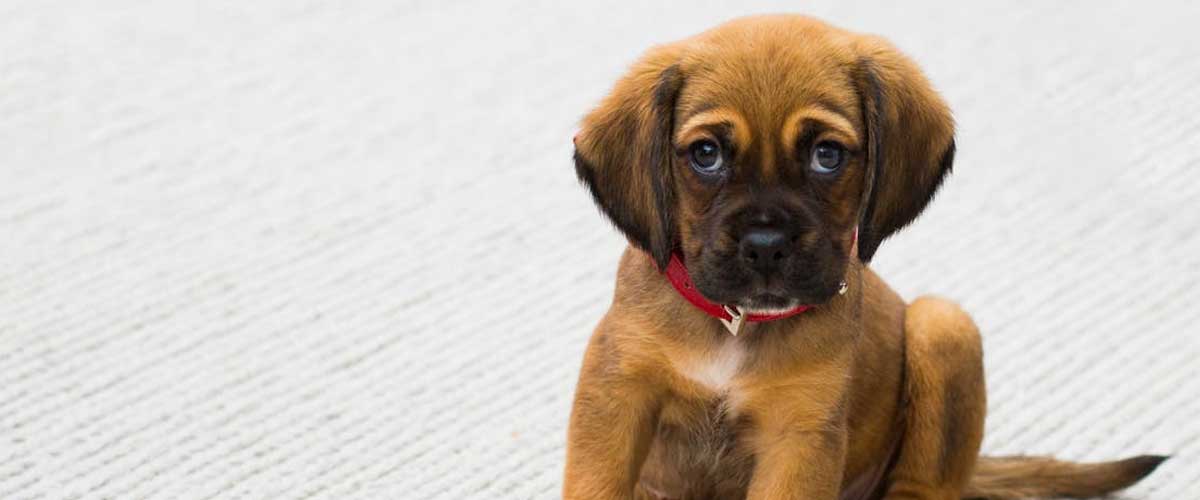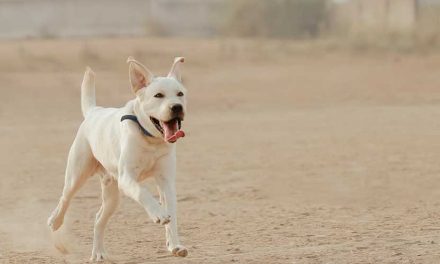Bringing a new puppy into your home is an exciting experience, but housebreaking can be one of the most challenging aspects of puppy ownership.
With patience, consistency, and positive reinforcement, you can successfully teach your puppy where to go potty.
Here’s a step-by-step guide to help you through the housebreaking process.
1. Understand Your Puppy’s Needs
Puppies have small bladders and will need to relieve themselves frequently.
As a general rule, you can estimate how often your puppy needs to go out by their age in months.
For example, a 3-month-old puppy typically needs to go outside every three hours.
Additionally, watch for signs that your puppy needs to potty, such as sniffing, circling, or whining.
2. Set a Schedule
Establishing a consistent routine is key to successful housebreaking.
Take your puppy outside: – First thing in the morning – After meals – After playtime – Before bedtime – Every 1-2 hours during the day.
By keeping a regular schedule, you help your puppy learn when to expect potty breaks.
3. Choose a Designated Bathroom Area
Pick a specific spot in your yard where you want your puppy to go potty.
Take them to this area consistently, so they associate it with relieving themselves.
The familiar smell will encourage them to do their business in that location.
4. Use Positive Reinforcement
When your puppy goes potty in the designated area, reward them immediately with praise, treats, or playtime.
This positive reinforcement will help them understand that they did the right thing.
Avoid scolding or punishing your puppy for accidents; this can create fear and hinder the housebreaking process.
5. Supervise Indoors
When your puppy is inside, keep a close eye on them.
If you can’t supervise directly, consider using a crate or a playpen.
Puppies generally do not want to soil their living space, so a crate can help them learn to hold it until they are let outside.
Make sure the crate is comfortable and not too large, as this will encourage them to hold it rather than relieving themselves in one corner.
6. Recognize Accidents Happen
Accidents are a normal part of the housebreaking process.
If you catch your puppy in the act of having an accident indoors, quickly take them outside to their designated bathroom area.
If you find the mess after the fact, clean it up without fuss.
Use an enzymatic cleaner to eliminate odors, as lingering smells can encourage repeat offenses.
7. Be Patient and Consistent
Housebreaking can take several weeks or even months, depending on the puppy’s age and temperament.
Remain patient, and be consistent with your approach.
If you slip up—such as not taking your puppy out on time—don’t get discouraged.
Reinforce your training efforts, and remember that every puppy learns at their own pace.
8. Seek Professional Help if Needed
If you’re struggling with housebreaking despite your best efforts, consider seeking help from a professional dog trainer or attending a training class.
They can provide personalized guidance and strategies tailored to your puppy’s specific needs.
Conclusion
Housebreaking a puppy is a journey that requires time, consistency, and understanding.
By setting a routine, using positive reinforcement, and remaining patient, you can guide your puppy to become a well-mannered member of your home.
Embrace the process, and soon you and your furry friend will be on your way to a successful partnership.









